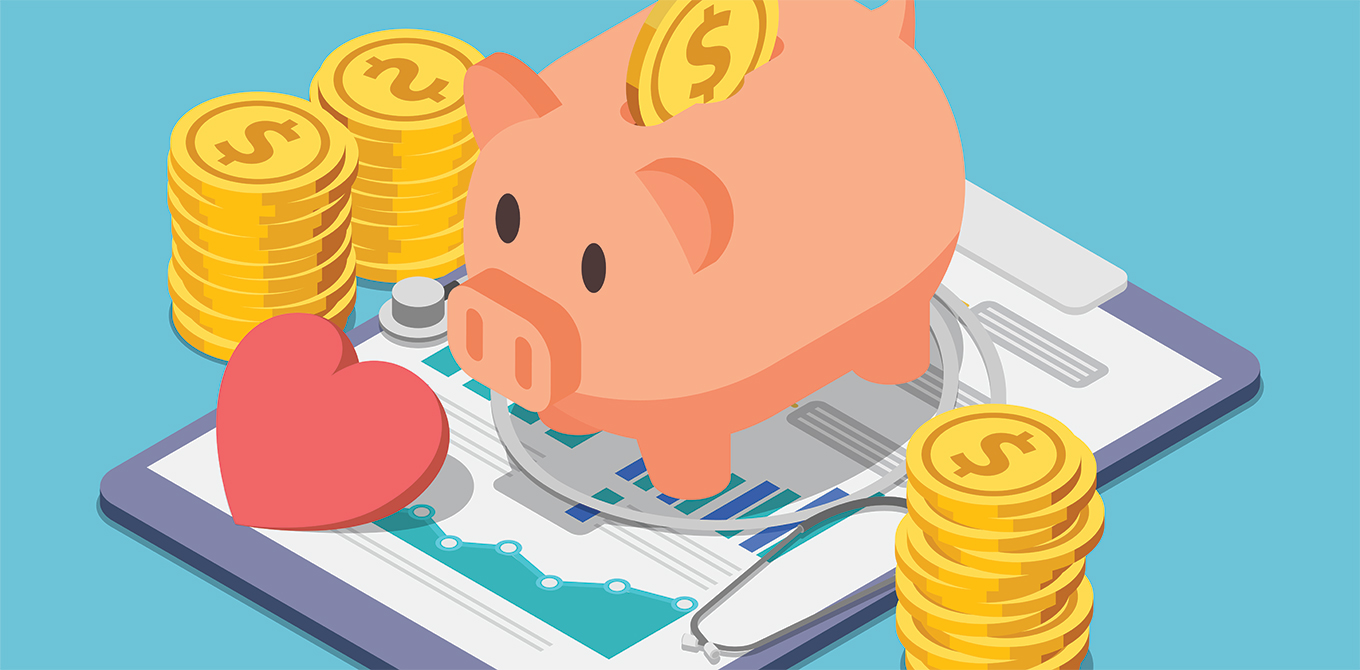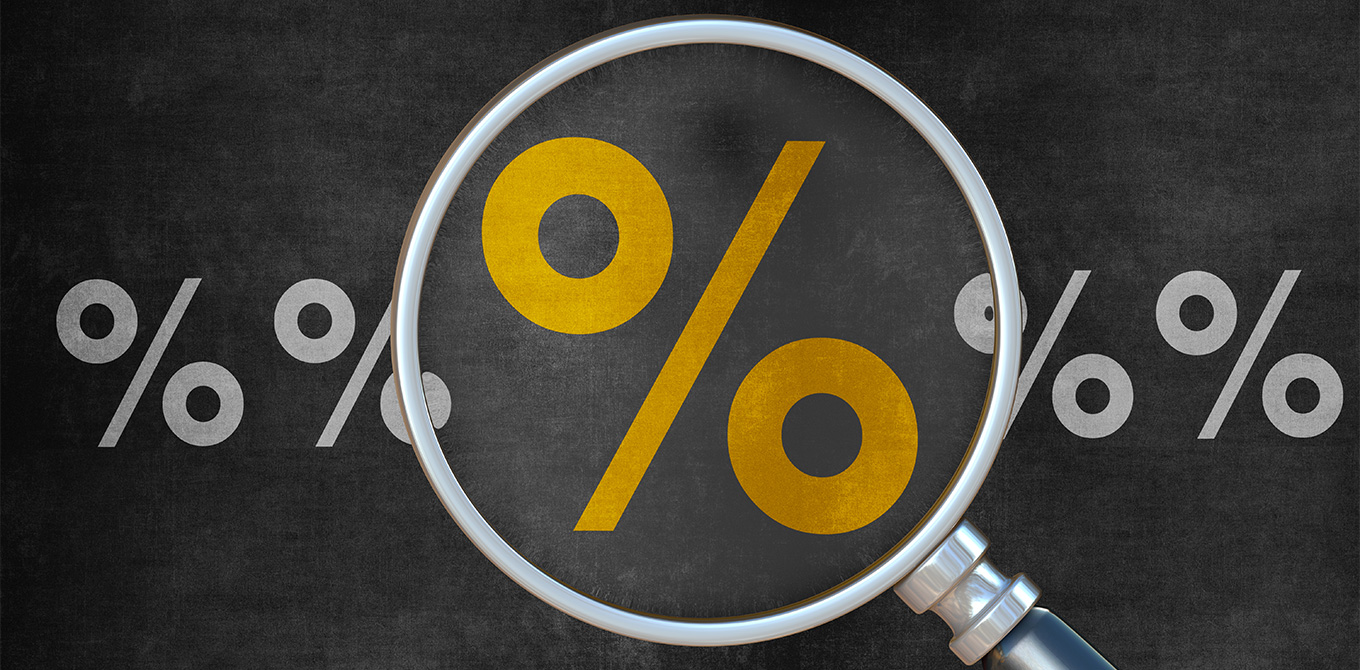What causes inflation and how it impacts you
When you're trying to stretch every dollar in your household budget, inflation can be a significant hardship. Prices go up. Your ability to purchase goods and services goes down. Your dollars don't stretch as far as they used to. But what, exactly, is inflation? Why is it happening now, and when will it end?
What causes inflation?
An economy is made up of producers (sellers) and consumers (buyers). When consumers' demand for goods and services exceeds the producers' capacity to provide those goods and services, higher prices—inflation—is the result.
Inflation can also occur when the U.S. government expands the nation's money supply either by making credit more available through the banking system or by printing more dollars or minting more coins and releasing them into circulation.
What factors affect inflation?
Anything that causes a significant change in the supply of or demand for goods in the broader economy can affect inflation. That's a long list of factors, to be sure. Some specific examples are shortages of parts or labor, weather-related disasters, panic buying or hoarding of goods, business closures, tariffs, spikes in demand for “hot ticket" items, and disruptions to the transportation of goods around the world.
How is inflation measured?
Economists use the term inflation to describe a broad trend toward rising prices throughout the economy.
To measure inflation, the U.S. Bureau of Labor Statistics tracks the prices of thousands of items that are bought and sold in the U.S. economy. The changes in these prices over time are compiled into monthly statistical estimates, known as price indices.
Price indices are usually expressed as a percentage. The higher the percentage, the more prices are going up. The more prices are going up, the more consumers' purchasing power is being eroded.
Two of the most widely watched price indices are the Consumer Price Index for All Urban Consumers (CPI) and the Producer Price Index for final demand (PPI).
- The CPI measures prices that U.S. consumers pay when they buy certain goods and services, such as food, clothing, shelter, fuels, transportation and medical care.
- The PPI measures prices that U.S. producers receive for their products in different industries, such as mining, manufacturing, agriculture, fishing, forestry, natural gas, electricity and construction.
Tracking these and other price indices over time helps economists understand whether the rate of inflation is increasing or decreasing. Producers and consumers can keep watch on these price indices, too.
Consumers may also notice “shrinkflation," which occurs when everyday products are sold for the same prices, but come in smaller packages or reduced quantities. Examples can be found among well-known brands of breakfast cereal, paper towels, toothpaste, chips, pet food, candy bars and more. Shrinkflation has no technical definition and may sound funny, but it can still cause real financial pain.
Why is inflation so high right now?
The Covid-19 pandemic and Russia's invasion of Ukraine may not seem to be similar in any way, but both of these events had big impacts on supply and demand in the global economy.
The pandemic caused severe disruptions to the normal, efficient flow of parts and products around the world. Government stimulus checks and expanded unemployment benefits added to the money supply. As the economy rebounded, demand increased faster than supply, triggering higher prices.
Russia is one of the world's major producers of fossil fuels. When Russia invaded Ukraine, other nations imposed economic sanctions and trade restrictions against Russia. Ukraine is a significant exporter of grain. Due to the war, Ukraine could not export its harvests. These events squeezed global oil, gas and food supplies, triggering higher prices.
When will inflation end?
Inflation never really ends unless the demand for goods and services drops so much relative to the supply that prices actually start to decrease. A pattern of falling prices throughout the economy is known as deflation. Two significant periods of deflation in U.S. history were the Great Depression in 1930-1933 and the Great Recession in 2007-2009. Most of the time, inflation is occurring, but at a lower level that's less noticeable and less painful for consumers.
When prices rise faster than this normal level, the U.S. government can try to control or tamp down the rate of inflation. A slowing rate of inflation is known as disinflation.
The primary mechanism for the government to achieve disinflation is for the Federal Reserve to raise bank interest rates. The Fed has already started to do this, so inflation could begin to ease, though that relief may not be apparent right away. The Fed's target is to keep inflation at about 2% annually.
Meanwhile, consumers will need to cope with the economic pain of rising prices. Careful shopping, wage increases, and a comfortable savings cushion may help to ease the impact.




